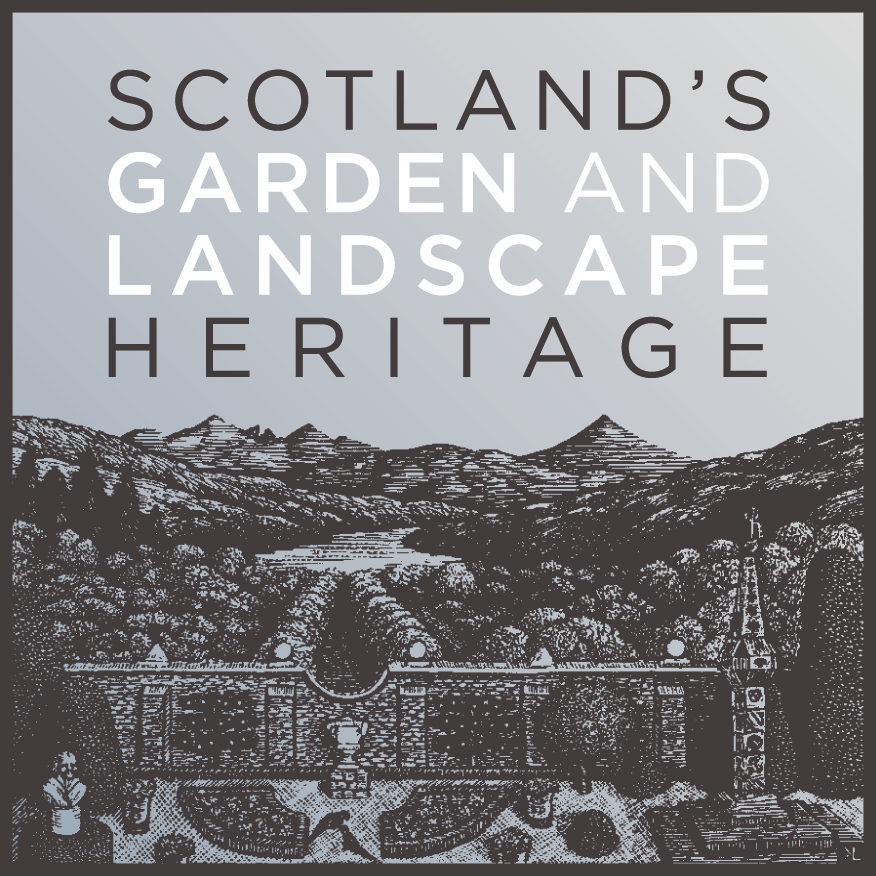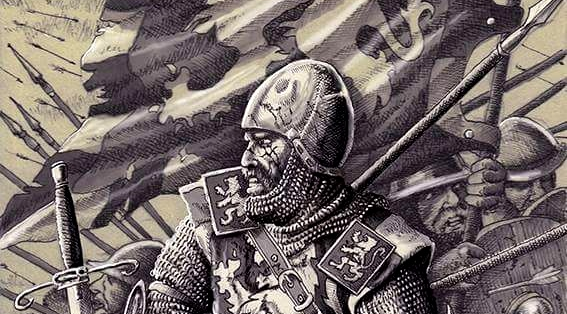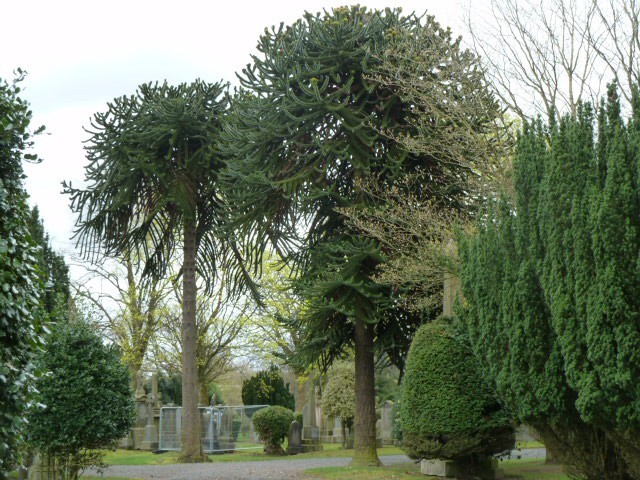As Scotland’s Garden and Landscape Heritage (SGLH) Chairman I am very proud to present this story about Carriden House by Marilyn Scott, volunteer on the Glorious Gardens team assigned by SGLH to the recording of non-inventory designed landscapes and gardens in the Falkirk area. The Glorious Gardens project was launched in Falkirk in 2015 and was funded by Historic Environment Scotland. This is one of the 16 sites covered by SGLH in this area. A similar project was carried out in the Clyde and Avon Valley, and we are currently planning a third phase, which will focus on sites in East Lothian. For more details, please go to https://www.sglh.org.
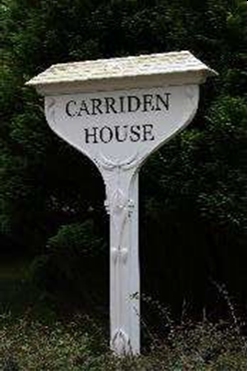

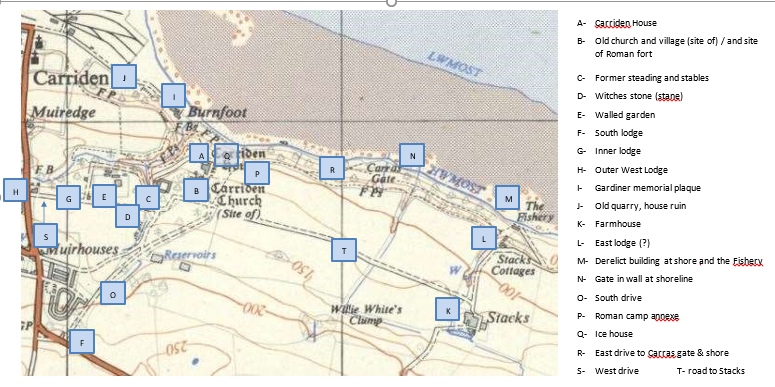

Carriden House, an A-listed Scots Baronial mansion located amongst 10 hectares (25 acres) of gardens and mature woodland on the south shore of the Firth of Forth, lies at the eastern end of the Antonine Wall. A mediaeval settlement here was cleared, although part of Old Carriden Kirk and burial ground remains.
Carriden appears on maps from the late 16th century onward. In the L-plan, the earliest part comprises what may be the original 16th century five-storey tower house extended in the 17th and 19th centuries. The three-storey tower house, dated 1602, was remodelled in the 19th century, when the porch in the angle of the L was added. The two-storey wing added by Alexander Mylne bears a 1682 date stone. The study on the first floor has a 17th-century plaster ceiling described as "particularly exceptional." Sandstone, ironstone, coal and salt were economically important to the area, and Carriden was also the birthplace of the celebrated Colonel Gardiner, who was slain at the battle of Prestonpans, in 1745. The house is currently owned by a family and is a private residence, with several historically important sites on the estate.
Etymology & Roman Connections
Carriden is etymologically a Cumbric name. The first element kair means “fortification.” The second element is less clear, but likely to be the same regional name Eidyn that also appears in Edinburgh. A streamlet, Carriden Burn, drains to the Forth and would have been the source for the Roman bathhouse and later mill power. Historically the site is the eastern terminus of the Wall of Antoninus, and the site of Velunia, one of the terminal forts which occurred at intervals along its length, probably alluded to in its name, which is a corruption of Caereden, signifying "fort on the wing." There was an adjacent marching camp situated beneath the house and estate.
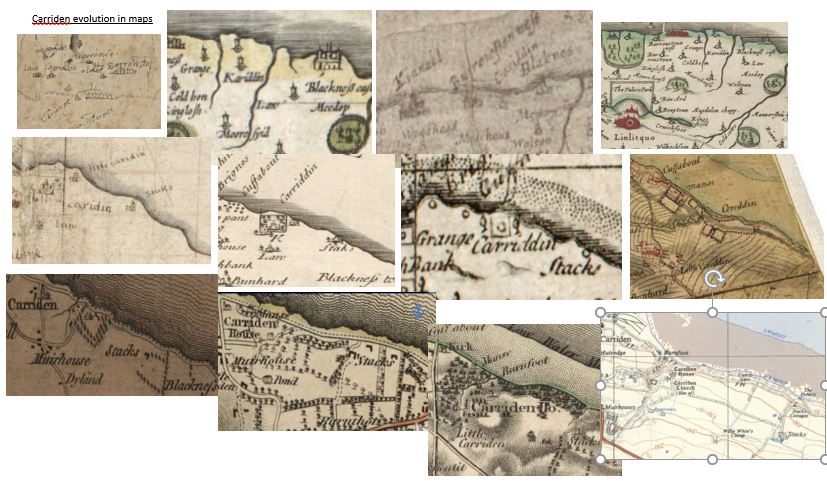

Romans and Medieval Monks
Carriden House is located within a 2nd century Roman fort, which formed the eastern end of the Antonine Wall. The estate was in part originally church land, and coal would have been worked by monks.
The Veteri Pontes held the lands of Carriden, West Lothian, for many generations. Sir William de Vepont, 6th Baron, granted a tithe to the monks of Holyrood Abbey during the reign of William the Lion (1165-1214) to dig a tenth of the coal from his Carriden Estate, which was then carried to Holyrood in panniers strapped to the backs of their horses. This coal was then taken to Leith by ship. The tithe was significant as it first recorded the coal-mining, or digging of coal, in Scotland. In 1291 monks from Dunfermline Abbey were also given the right to dig coal from outcrops around Bo'ness. Vepont also gave Holyrood “Karedyn Church.” On his death the estates passed into the family of Cockburn by the marriage of his only child Mariota to Sir Alexander Cockburn in 1330.
The 15th to 18th Centuries
The present house is probably not the original building although situated on the same site. It is assumed it was a “place” or keep of feudal times before and during the 15th century. A tower probably stood on this site in the 16th century. This was rebuilt or replaced in 1602 by John Hamilton of Lettrick who also added another wing and most of the remaining buildings. The tower was purchased later in the 17th century by the Mylne family, a prominent dynasty of masons and architects – master builders to the King - and a west wing was added by Alexander Mylne. He brought Italian workers from Holyrood House to create the study ceiling. There are vaulted basements and a secret door in the bookcase of the library.
During the 18th century the house had many owners. Landscaping works were carried out in the grounds. In 1814, the house was bought by Admiral Sir George Johnstone Hope (1767–1818), a veteran naval officer. His son Sir James Hope (1808–1881) made further alterations to the building. The mansion house is surrounded by well-laid-out grounds and fine trees. The ground falls steeply forming a richly wooded slope extending about a mile along the shore.
Churches
The first church here was probably built in the 10th or 11th century and abandoned in 1766. It is thought the burial ground, church and first house were contemporaneous. In feudal times it was common to find mansion, village and feudal lord’s chapel and/or burying-ground all within a stone’s throw of each other.
At one time a populous but long-demolished feudal village of Little Carriden existed. In 1765 it is quite likely the church was moved, perhaps because the Dalrymple family wanted more privacy. In the early 1800s, William Maxwell declared that the road to the church, used by people from Blackness, was no longer a public right of way. Many other church roads were closed as well. In the 1820s the wall of the graveyard was lowered ostensibly to provide more light for the house, and a substantial iron railing was erected. One of the roads was realigned in 1825 for Lady Hope, and the original route was planted with trees. In 1838, Captain James Hope, wanting to protect the pleasure grounds, petitioned the county justices for authority to stop up the old church road running from the manse entry at Cuffabouts through the glebe lands to the old churchyard at Carriden. The “new” route is today’s entrance road to the mansion-house.
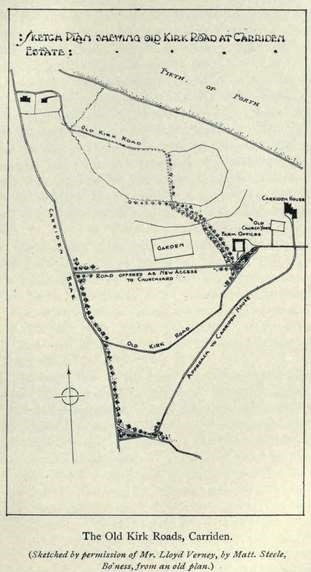

Today
The estate changed hands several more times, and by the 1970s was owned by the South of Scotland Electricity Board (SSEB). The SSEB contemplated demolition so that they could build a new power station on the site. This proposal was rejected and the house fell into disrepair. In the latter part of the 20th century the house was purchased from SSEB by the Barkhouse family and restored as a private residence. It was subsequently owned by the Blackbourn family who operated it as a guest-house. A new family is now established there.
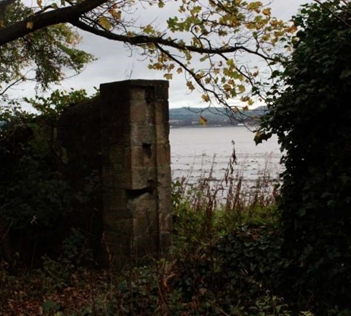

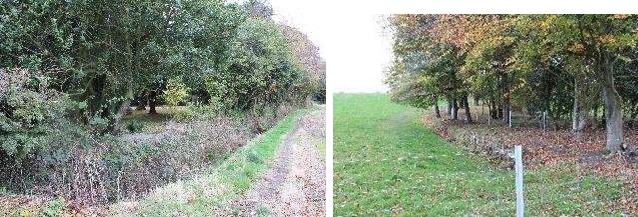

A “road”, now footpath, running behind the house is at a lower level. This utility access meant that owners would not be bothered by servants.
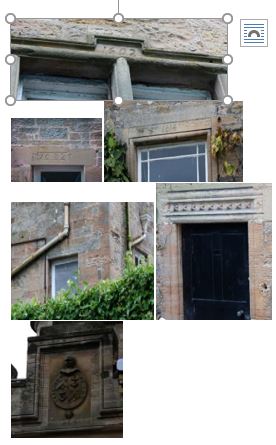

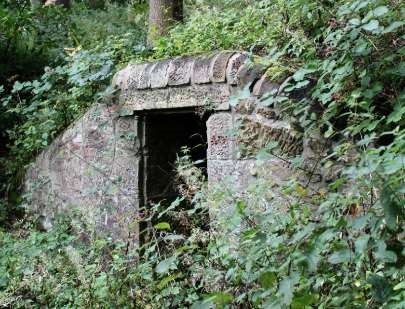



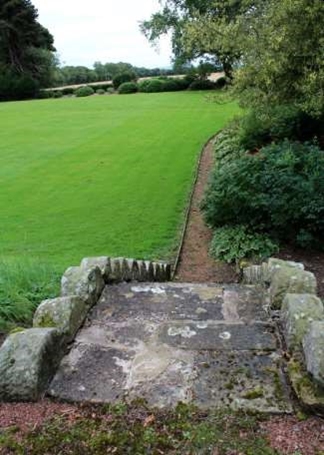

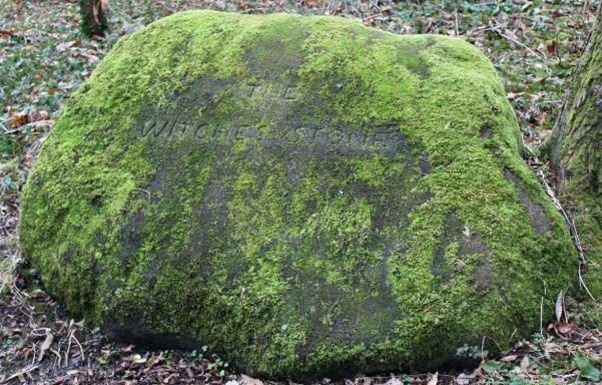

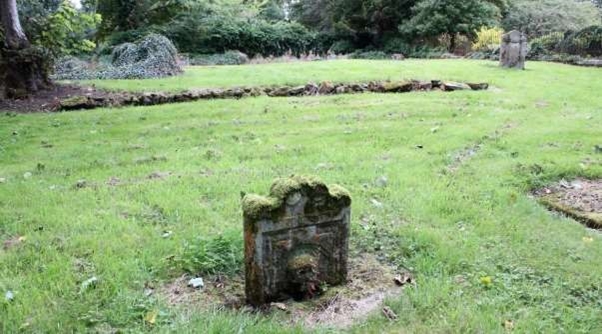

The area containing the Old church, village, burial ground and site of Roman fort is notable for a 12th century Celtic cross, table tombs and 10th century letter cross. The Witches Stane (stone) commemorates the trial of six witches held in the Parish of Carriden on 27th January 1648 and their subsequent execution.
By Marilyn Scott, Scotland’s Garden and Landscape Heritage volunteer.
